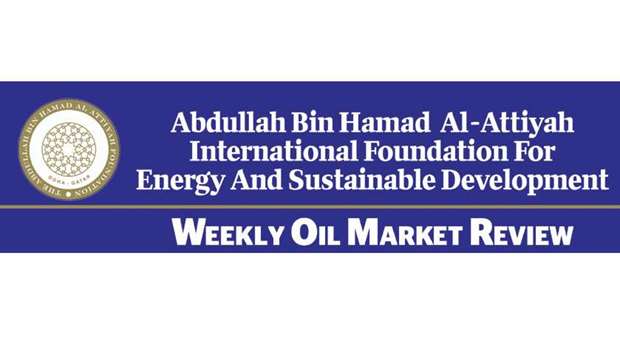Oil
Benchmark crude oil futures continued their rally last week by gaining almost 2% w-o-w, by reaching new highs not seen since November 2014. Oil prices were boosted mainly by new assessments confirming that the global oil glut is virtually drained. Decline in US oil stocks, potential new sanctions on Iran and/or Russia leading to possible supply reductions also supported prices.
Moreover, Reuters sources indicated that Saudi Arabia would be happy to see prices reach $80-$100 levels. Whereas, the eased situation in the Syrian conflict limited the gains.
The Opec Joint Technical Committee, meeting in Jeddah last Thursday, indicated that OECD oil inventories in March stood only at 12mn barrels above the five-year average. The global supply-demand situation is seen as fairly balanced by some experts, suggesting that the oil price might explore further highs due to multiple supportive drivers.
The US president blamed Opec in a tweet on the current oil price rise, but the Opec secretary-general responded that the organisation’s objective is only seeking more stability to oil markets.
The US president’s tweet could be only for communication purposes to calm down a potential anger from US motorists due to future higher gasoline prices. Nonetheless, if it is seriously motivated, this would mean that the US administration might consider releasing part of its strategic reserves to counter the Opec+ supply cut and to influence Opec policy ahead of its ministerial meeting next June, but there is no indication so far on such plans.
Gas
Asian spot LNG prices continued their partial recovery by gaining 2% last week. A firm spot Asian demand and rising oil prices supported the LNG trend this week. Japanese and South Korean buyers were active seeking deliveries for May to early June. However, the upward trend was constrained by resumed output from Papua New Guinea and expected supplies from new US projects in the second half of the year.
The first contractual LNG cargo from Dominion’s Cove Point LNG facility in the US was loaded one week ago. The LNG facility has an annual capacity of 5.3 mtpa and is the second US (lower 48) LNG export plant after Cheniere’s Energy Sabine Pass terminal.
In the US, Henry Hub natural gas futures rose very modestly and were finally little changed over last week.
A government report showed a higher-than-expected draw in US natural gas stocks the week earlier, while storage draws are usually rare in April. However, meteorologists were projecting temperatures to come back to near-normal levels in the coming two weeks. In the UK, NBP gas futures continued their rally and increased by 2% last week. Flows through the pipeline carrying gas from Norway were reduced due to an outage at a gas field, most likely at Troll according to Reuters analysts. On the other hand, above-average temperatures triggered low levels of consumption, but temperatures are expected to fall back to seasonal normal levels the current week.
** The author is senior energy researcher at Abdullah Bin Hamad Al-Attiyah International Foundation for Energy and Sustainable Development.

oil market


